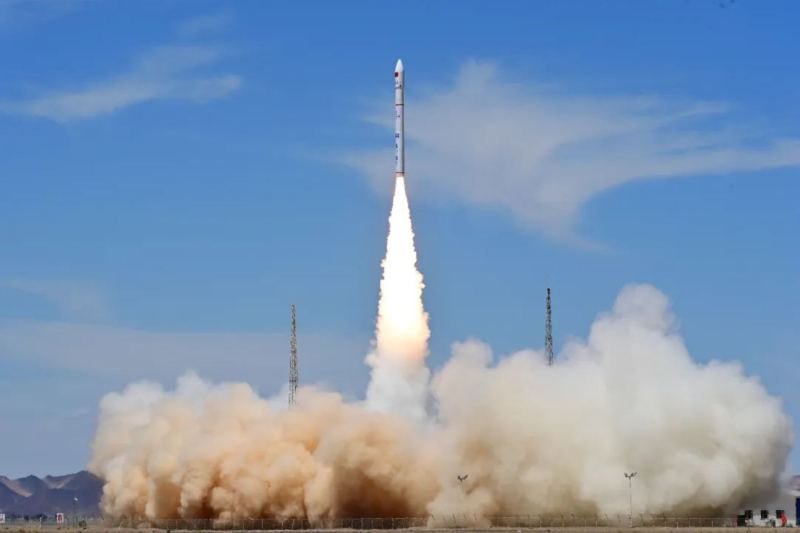
Galactic Energy, a Chinese startup, recovers with a successful satellite launch
- Technology
- December 9, 2023
Following a successful satellite launch on Monday, December 4, Chinese startup Galactic Energy is once again soaring.
The Ceres-1 solid rocket of the company was launched on Monday at 6:33 p.m. EST (2333 GMT; or 7:33 a.m. Beijing time on December 5) from Jiuquan Satellite Launch Center in northwest China. Above the Gobi Desert, into a predawn, pitch-black sky, rose the rocket.
The satellites Starpool 1A and Tianyan 16 were on board. Both were placed at a height of about 310 miles (500 kilometers) into near-polar orbits.
The meteorological satellite Tianyan 16 is equipped with various payloads for measuring air and sea surface pressure in addition to microwave detection equipment. Cultivate Space, a private company based in Beijing, designed and constructed the satellite.
Another Beijing-based business, Elliptical Space and Time (EllipSpace), uses Starpool 1A as a remote sensing satellite. Its Starpool 02-A and Starpool 02-B satellites launched earlier on Monday, following the Long March 2C rocket launch from Jiuquan that carried MISRSAT-2 for Egypt.
Ceres-1 is a four-stage rocket with a height of 62 feet (19 meters) that can carry 880 pounds (400 kilograms) into low Earth orbit.
This was the first launch of Ceres-1 for Galactic Energy since its first failure back in September, and it was also the company’s tenth successful mission overall. The mission for Monday was “We Won’t Stop.”
According to Galactic Energy, it has now successfully launched 35 different kinds of commercial satellites and served 16 commercial satellite customers.
The company is also working on the Pallas-1 liquid-propellant rocket. According to the company, that rocket’s first stage will eventually be reusable, but it will initially be disposable.